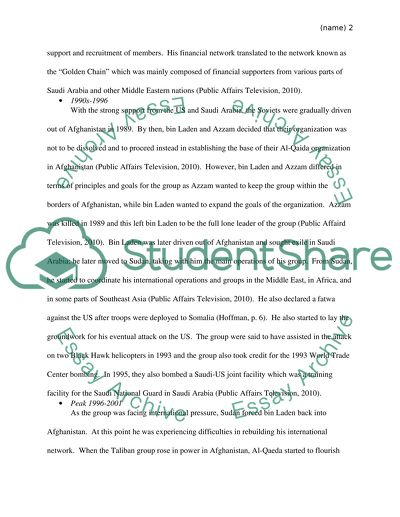Cite this document
(“Al-Qaeda Principles and Goals Essay Example | Topics and Well Written Essays - 3000 words”, n.d.)
Retrieved from https://studentshare.org/sociology/1392922-al-qaeda-a-case-study
Retrieved from https://studentshare.org/sociology/1392922-al-qaeda-a-case-study
(Al-Qaeda Principles and Goals Essay Example | Topics and Well Written Essays - 3000 Words)
https://studentshare.org/sociology/1392922-al-qaeda-a-case-study.
https://studentshare.org/sociology/1392922-al-qaeda-a-case-study.
“Al-Qaeda Principles and Goals Essay Example | Topics and Well Written Essays - 3000 Words”, n.d. https://studentshare.org/sociology/1392922-al-qaeda-a-case-study.


